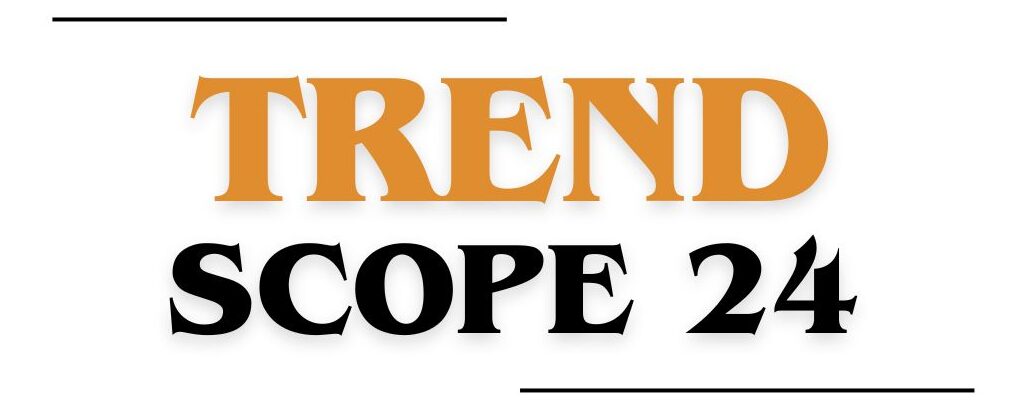You Are Finding 7th Pay Commission, Central Government Employees can expect a 4% DA increase under the 7th Pay Commission. Analyze salary impact by grade, pensioner benefits, AICPI trends, and state-wise implications in depth.
Understanding Dearness Allowance (7th Pay Commission): A Key Salary Component
Dearness Allowance (DA) is an important component of Central Government Employees’ compensation, intended to counterbalance the effect of inflation. DA is revised bi-annually in January and July on the basis of the All India Consumer Price Index (AICPI). The 7th Pay Commission provides the guidelines for DA calculation, and the forthcoming revision points towards a 4% hike, providing substantial relief against increasing costs of living.
Expected Financial Impact Analysis: What a 4% DA Hike Means
If the proposed 4% DA hike comes through, the current 50% DA will be increased to 54% of the basic pay. For instance:
A staff with ₹30,000 basic pay will now get ₹16,200 as DA (from ₹15,000).
Incremental monthly benefit: ₹1,200
Annual gain: ₹14,400
This hike enhances disposable income as well as other components of the salary like House Rent Allowance (HRA) and Travel Allowance (TA).
Salary Impact by Grade Levels (7th Pay Commission)
Pay Matrix Level Basic Pay Old DA @50% New DA @54% Monthly Hike
Level 1 ₹18,000 ₹9,000 ₹9,720 ₹720
Level 6 ₹35,400 ₹17,700 ₹19,116 ₹1,416
Level 10 ₹56,100 ₹28,050 ₹30,294 ₹2,244
Level 13 ₹1,23,100 ₹61,550 ₹66,474 ₹4,924
This orderly hike benefits all categories—lower clerk staff to senior Group A officers—proportionally.
Pensioner Benefits and Impact
Retired government servants also stand to gain through Dearness Relief (DR), which follows the DA increase. A 4% increase in DR will significantly benefit pensioners who are facing higher medical expenses and inflation. On a pension of ₹30,000:
Old DR @50%: ₹15,000
New DR @54%: ₹16,200
Monthly gain: ₹1,200
This action promotes financial dignity after retirement, particularly for elderly citizens who rely only on pensions.
Economic Indicators Supporting the Increase – 7th Pay Commission
The DA hike forecast is derived from the AICPI (IW) levels, which have consistently gone up since January. The index has crossed 139.7 in April 2025, reaching the threshold level for a 4% rise. Inflation in major sectors such as food, transport, and healthcare has driven this growth.
Some of the factors that are driving this include:
- Wholesale Price Index (WPI) trends
- CPI-IW basket changes
- RBI monetary policy on inflation
AICPI Trend Analysis and DA Formula – 7th Pay Commission
The DA formula for the 7th Pay Commission is:
DA (%) = (((AICPI (Base Year 2016) – 261.42) / 261.42) × 100
AICPI figures from January 2025:
- Jan: 138.9
- Feb: 139.1
- Mar: 139.4
- Apr: 139.7 (confirmed)
This straight-line growth pattern ensures the 4% DA hike is not just anticipated but statistically warranted.
Implementation Timeline and Process
Official announcement due by end-June 2025, following cabinet approval. Post-clearance:
Effective date: 1st July 2025
Arrears: Paid along with August salary
Applicable to: All central government employees, defence personnel, pensioners
A gazette notification by the Finance Ministry and subsequent departmental disbursal will follow.
Beneficiary Coverage Analysis
More than 1.1 crore individuals will be benefited by the DA hike, including:
- 47 lakh Central Government serving employees
- 68 lakh pensioners
- Armed Forces personnel
- Paramilitary and Railways staff
This broad beneficiary cover ensures the impact of the hike is felt in multiple sectors, ranging from defence to postal services and public healthcare.
Category-wise Beneficiary Impact
Category\tNo. of Beneficiaries\tAvg. Monthly Benefit
Group C Employees ~30 lakh ₹900
Group B Employees ~10 lakh ₹1,400
Group A Officers ~7 lakh ₹2,500+
Pensioners ~68 lakh ₹1,200
This focused breakdown illustrates how the economic burden is proportionately shared and achieves equitable economic support.
Fiscal Implications and Economic Impact
The estimated fiscal cost of a 4% DA increase is ₹12,000-₹14,000 crore per annum. But this increase in government expenditure is likely to induce demand, particularly in Tier 2 and Tier 3 cities.
Anticipated outcomes:
- Retail and service consumption rise
- Positive multiplier effect on GDP
- Boost to small and medium enterprises (SMEs)
The hike, while adding to the fiscal outlay, indirectly fuels economic momentum.
Historical DA Revision Context
Period DA Percentage
- Jan 2020 17%
- Jul 2021 28%
- Jan 2022 34%
- Jul 2022 38%
- Jan 2023 42%
- Jul 2023 46%
- Jan 2024 50%
- Jul 2025 Expected 54%
These regular hikes reflect the government’s commitment to cushion inflationary pressures on its employees.
State-wise Economic Distribution
Most number of central government employees bearing states such as Uttar Pradesh, Maharashtra, Delhi, Tamil Nadu, and Karnataka will see a significant economic stimulus. The extra liquidity should help stimulate local consumption and enhance credit cycles.
Future Prospects and 8th Pay Commission Projection
Increasing whisps of establishing the 8th Pay Commission, to be formed after 2026. Probable recommendations:
- Basic pay revision
- Real-time DA adjustment
- Automation in DA indexing
This future plan will frame the coming decade of salary design for government servants.
Administrative Preparation and Challenges – 7th Pay Commission
Prior to implementation, a few administrative steps are imperative:
- Upgradation of salary software modules
- Preparation of arrears sheets
- Revision of pension calculation procedures
- Issuance of departmental circulars
- MoF, DoPT, CGA, and PAO offices coordination will make it a smooth rollout.
Quick FAQs
When will 4% DA rise be implemented?
Expected from 1st July 2025, subject to Cabinet approval.
Who are beneficiaries?
Railways, armed forces, pensioners, and Central Government employees.
What is the cost of this increase?
Around ₹12,000–₹14,000 crore per annum.
How is DA being calculated?
As per AICPI-IW index applying the 7th Pay Commission formula.
Will it also be applicable to pensioners?
Yes, through an equivalent 4% Dearness Relief increase.

